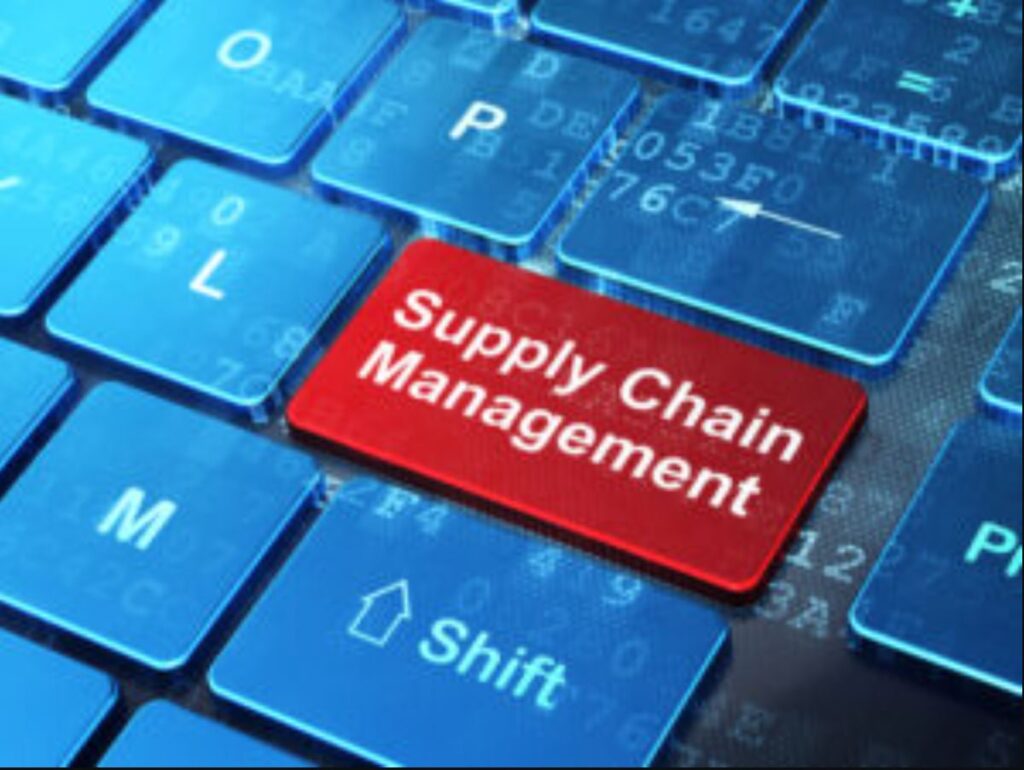In modern business terrain, business analysts play a crucial role in driving business success. Companies strive for data-driven insights, and streamlined processes and only skillful business analysts can cater to these needs. In this article, we will discuss about 10 essential skills that are essential for business analysts to thrive in today’s complex business environment.
Business Intelligence Tools:
BI tools, such as SAP BusinessObjects, IBM Cognos, and Microsoft Power BI serve as a bridge between raw data and actionable insights. SAP BusinessObjects, IBM Cognos, and Microsoft Power BI are all prominent BI platforms that facilitate the transformation of complex datasets into easily digestible and visually engaging formats. Business analysts leverage these tools to present key performance indicators, trends, and patterns in a manner that is accessible to stakeholders.
Data Analysis:
Proficiency in data analysis tools and techniques is essential for business analysts to extract valuable insights from large datasets. Expertise in SQL allows analysts to interact with databases, executing queries to retrieve and manipulate data. Microsoft Excel serves as a versatile tool for data organization and preliminary analysis. It also provides a familiar interface for tasks such as data cleaning and basic computations. Furthermore, the utilization of data visualization tools like Tableau and Power BI enhances the communicative aspect of data analysis.
Requirement Management Software:
Requirements management tools play a crucial role in the systematic handling of project requirements from inception to completion. JIRA is a widely used tool for project management and issue tracking. Confluence, on the other hand, is a collaborative platform that allows teams to create, share, and collaborate on documents. IBM Rational DOORS offers capabilities for capturing, tracking, and analyzing requirements in a structured manner. Proficiency in these tools enables business analysts to document project requirements, which ensures that all stakeholders have a clear understanding of what needs to be achieved.
SQL:
Database knowledge and SQL proficiency is crucial when dealing with structured data. Business analysts often engage with large volumes of structured data, and a solid understanding of both relational databases, such as Microsoft SQL Server, MySQL, and Oracle DB, as well as NoSQL databases, is deemed essential. Relational databases are fundamental to data storage and retrieval in many organizations, and business analysts are expected to be adept at working with them. The ability to write and execute SQL commands is crucial, as it enables analysts to access, retrieve, manipulate, and analyze data effectively.
Process Modeling:
Business analysts are expected to possess knowledge of process modeling techniques, especially BPMN (Business Process Model and Notation). Additionally, proficiency in process analysis tools such as ARIS or Visio is crucial for effectively mapping, analyzing, and improving business processes.
Read more at 10 Business Analyst Skills Ensuring Business Success in 2024
Leave your comments below if you have opinions and contact us for discussions.























